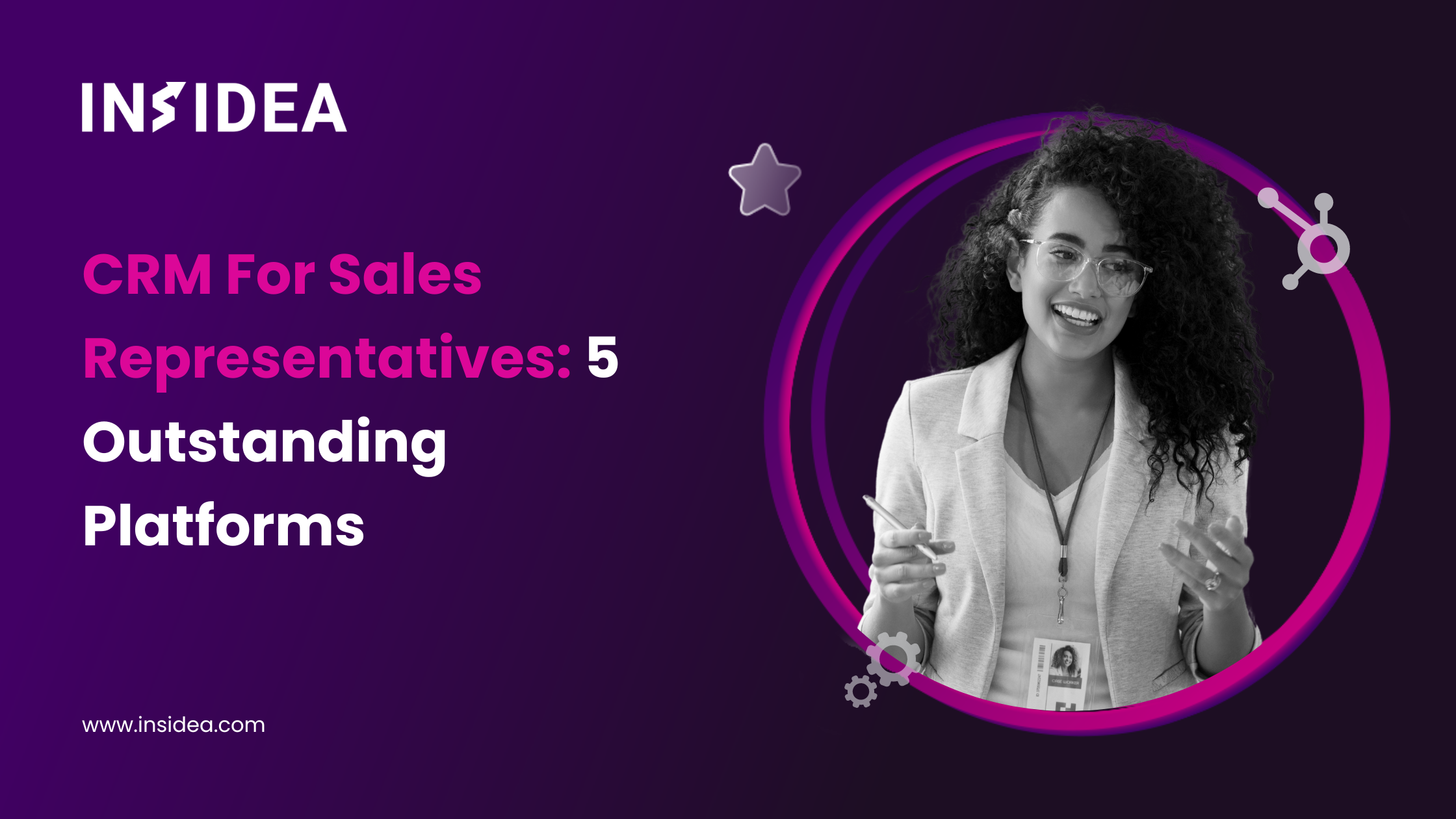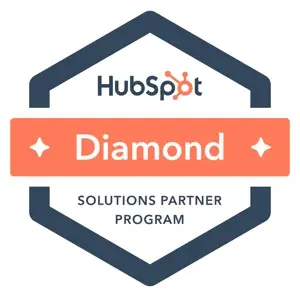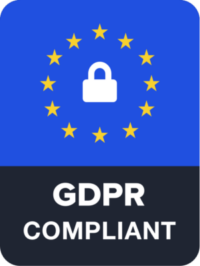
Essential Steps for Merging Companies in HubSpot Successfully
Navigating the complexities of a growing business database can be daunting, especially when faced with the challenge of duplicate company records in your CRM system. HubSpot, a powerful tool for streamlining customer relationship management, offers a solution through its company merging feature. This process cleans your database and significantly improves data accuracy and operational efficiency. This comprehensive blog delves into the step-by-step process of effectively merging companies within HubSpot. Whether you’re looking to enhance data management, boost productivity, or simply maintain a clutter-free database, this blog provides the insights and practical tips you need to achieve a seamlessly organized CRM. Understanding the Need for Merging Companies in Your CRM Before diving into the process, it’s essential to understand why merging companies in your CRM is necessary. As businesses expand, they often acquire data from different channels, including inbound marketing, direct imports, and third-party integrations. This influx can lead to duplicate records, which can clutter your CRM and lead to inefficiencies. Merging companies helps maintain a streamlined, duplicate-free database, which is vital for accurate reporting and effective customer relationship management. The Benefits of Merging Companies in HubSpot Merging companies in HubSpot offers several significant benefits that can streamline your business processes, enhance




























